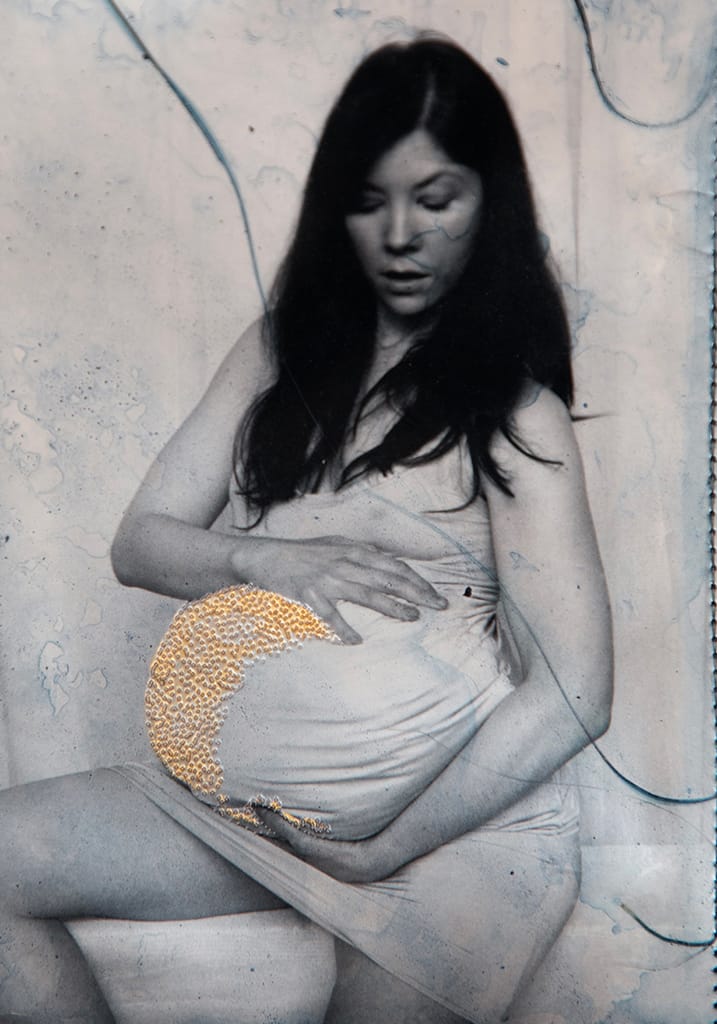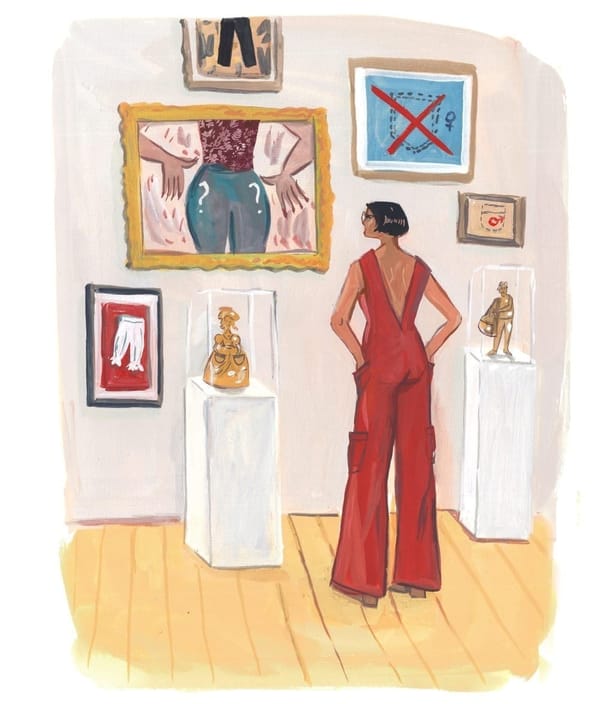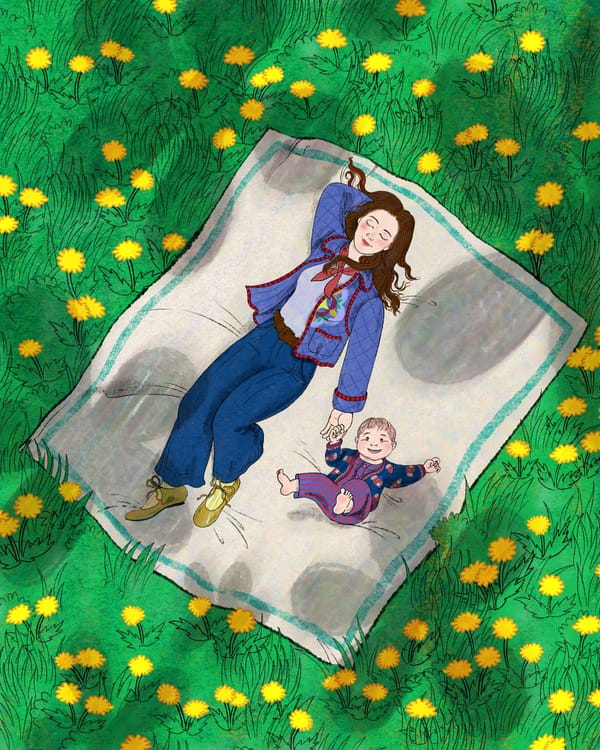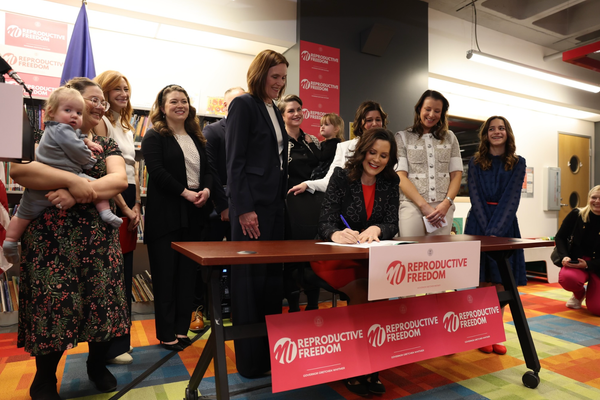When Words Fail On Infertility, There is Art
Infertility, so long hidden from view, is finally finding a spotlight in various contemporary art forms.

Editor's Note: This essay deals with infertility and loss which some of our readers may find difficult.
When Elizabeth Horn, a Michigan-based artist and photographer, was going through infertility treatments, she kept the news from most people. Because the words wouldn’t come, it was art that let her express her heartache.
Horn began ripping up pieces of paper, to help get her frustrations out, and used the paper in mixed-media pieces with acrylic and beads. The work allowed her to “be in a space where I could just sit with my grief,” she said. “It gave me a way to have something tangible that I could look at and that I could hold and I could see.”
At an infertility support group, Horn met other people who also happened to be using visual arts to process emotions around their diagnoses—encounters which inspired her to curate an art exhibition, held in 2013 in Jackson, Mich., with the subject of infertility at its core.
Not long after her art show, Horn co-founded, along with Maria Novotny, The ART of Infertility, an arts organization which has since produced more than 30 exhibitions around the U.S., as well as one in Switzerland. (ART is also an acronym for assisted reproductive technologies, which include IVF.)
Horn has since expanded ART’s remit, last year co-editing, also with Novotny as well as Robin Silbergleid, “Infertilities, a Curation,” a book featuring works by artists and poets from North America and Europe. “I really wanted a book that would push back at a lot of the myths, like infertility is an older woman’s issue or disease,” said Horn. The reality is that infertility doesn’t discriminate, she explained. “It impacts all kinds of people from all different backgrounds and experiences.”





